Chlorophyll: Greek, “chloros” green + “phyllon,” leaf.
“Is this real?”
... Is a question you might hear when someone sees Matcha’s super green color. If you lived the ‘90s, then you might expect the tea’s hue to be a result of chemical enhancement (please tell me you all remember Flubber). But thankfully, Matcha lives up to its name as a very green tea thanks to one of nature’s more awesome functions – chlorophyll – a completely natural, beneficial nutritional pigment.
Chlorophyll is a catalyst for photosynthesis, helping plants absorb light for energy. Consider chlorophyll the green blood of Matcha tea – it keeps things moving along, just like blood in our own system. Interestingly enough, 1930 Nobel Prize winner, Hans Fischer, discovered chlorophyll’s chemical structure is remarkably identical to our red blood (hemoglobin). Chlorophyll provides raw materials for the body to make hemoglobin. In turn, hemoglobin delivers oxygen throughout the body, which promotes good circulation for overall health and well-being!

Bamboo Tarps shading Mizuba Tea leaves in Uji, Japan
So, why is Matcha so much brighter than other green plants?


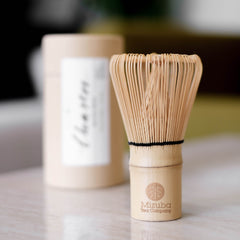

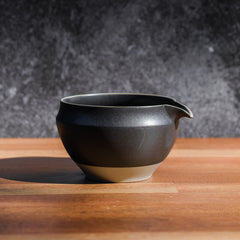
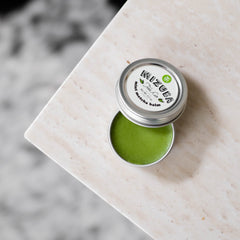
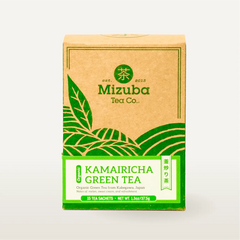
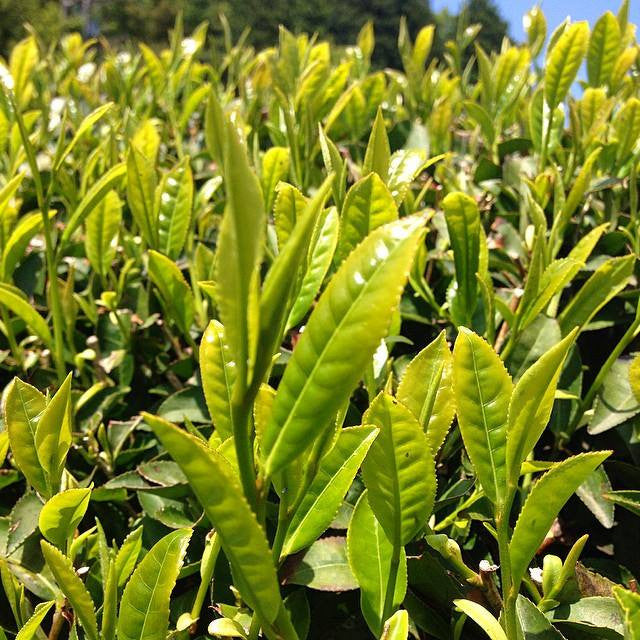
Leave a comment